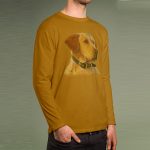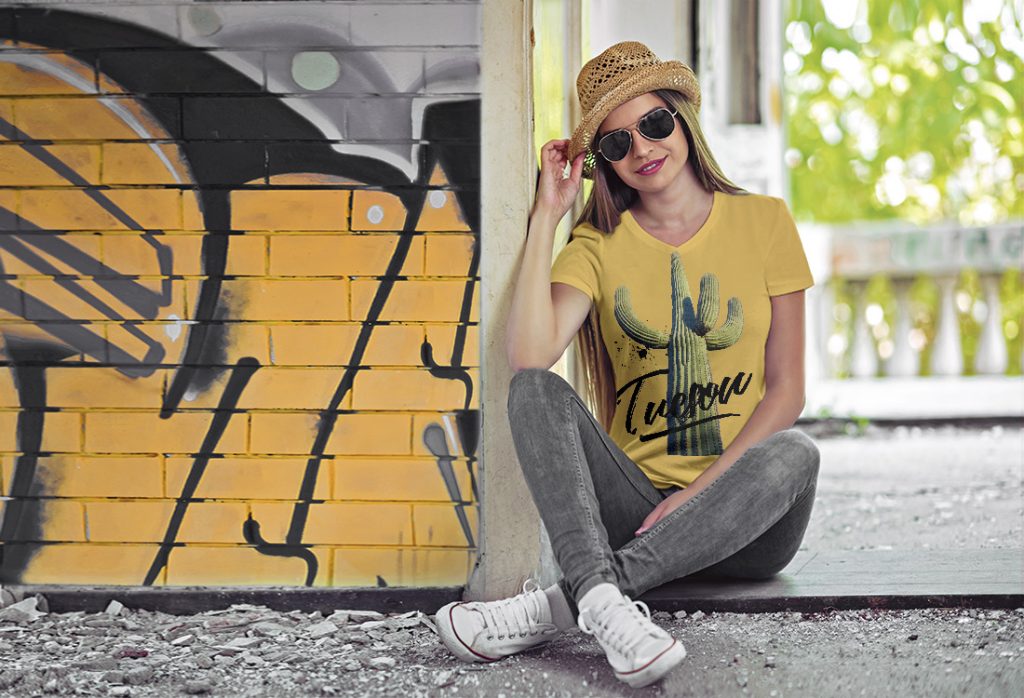The proven “GREEN” process used by Graphic Impact is a printing process that dyes the fabric fibers rather than coating the top of the fabric, as does the screen printing process. Most people don’t understand that this coating usually contains heavy metals and formaldehyde. With Graphic Impact, the coated fibers allow the fabric to breathe and feel soft to the touch.
Print-on-Demand goes hand in hand with Direct to Garment, in which products are acquired, produced, and shipped one by only after an actual order is received. You pick a product, add your design, and in one to two business days, your custom printed shirt is ready to go.
Advantages of a soft feel
Suppose the ink clogs up the fibers? Screen printing inks can severely reduce the breathability of the fabric. You can imagine what that is. Think about running a 5K in the summer with a thick, solid layer of plastic covering your chest. How heavy the print the feels on the shirt. If the ink is too thick, it can weigh down the front of the shirt or wherever the image sits. This is especially important for all the lightweight blends so popular today.
The texture can feel rough on the skin. Sometimes in screen printing, you can thin the ink down with an additive to make it smoother and more lightweight on the shirt. Most regular screen-printing jobs will be printed with a standard layer of ink, and on dark garments, it will be two layers of ink, counting the required under base ink. Plastisol inks might be used but tend to be heavy on the shirt, which is more durable.

the differences in ink have a lot to do with the two processes
DTG relies on process printing or the CMYK (cyan, magenta, yellow and black) color model to make various shades. While the colors themselves are bright, they’re also semi-transparent so that they can be blended more easily. White ink is always used on darker colored shirts

